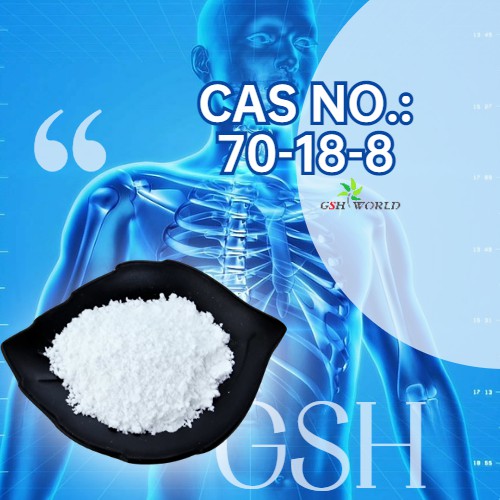yesterday, Ke Li and Zhuorong Li, Institute of Medical Biotechnology, Chinese Academy of Medical Sciences, jointly published a paper “Adipocyte-derived glutathione promotes obesity-related breast cancer by Cell metabolism” regulating the SCARB2-ARF1-mTORC1 complex “, which discovered the role of glutathione (GSH) in obesity-related breast cancer.
Obesity is an important risk factor for breast cancer, however the mechanisms involved in tumor microenvironment (TME) metabolites remain unclear.
High-fat diet promotes breast cancer progression in mice, and GSH plays a key role.
In diet-induced obesity models, mice fed a high-fat diet had higher body weight and higher levels of cholesterol, triglycerides, insulin, and glucose compared to mice fed a normal diet (NCD).
Mice fed a high-fat diet had larger, heavier tumors and more lung metastases. Metabolomic analysis of tumor interstitial fluid (TIF) identified GSH as an important metabolite that affects cancer cell invasion and proliferation.
Inhibition of GSH synthesis in mice fed a high-fat diet reduced tumor growth and metastasis, indicating its importance in obesity-related breast cancer progression.

Gene knockout of the glutamate-cysteine ligase catalytic subunit (GCLC) in fat cells slows breast cancer progression in obesity.
Glutathione production in non-cancer cells (especially fat cells) contributed to an increase in breast cancer progression in mice fed a high-fat diet.
Fat cells from higher weight individuals and mice fed a high-fat diet showed higher GCLC levels and glutathione content compared to tumor cells.
Co-culture experiments and mouse models showed that GSH derived from fat cells promoted tumor cell proliferation and invasion mainly through lysosomes.
Lysosome SCARB2 is required for GSH to promote breast cancer progression. Proteomic analysis identified SCARB2 as a potential GSH-binding protein.
Glutathione rapidly binds to SCARB2 in breast cancer cells.
Knockout of Scarb2 in breast cancer cells reduced aggressiveness and proliferative ability, and GSH did not promote cancer cell progression in SCARB2-knockout cells.
In mouse models, glutathione-induced tumor growth and metastasis were reduced in mice with Scarb2 knockout tumor cells,

suggesting that GSH promotes breast cancer progression through SCARB2.
Glutathione activates the mTORC1 signaling pathway by enhancing the interaction between SCARB2 and ARF1. Glutathione supplementation attenuates the interaction between the N and C terminus of SCARB2, leading to conformational changes.
The C-terminal domain of SCARB2, especially the A444 residue, is critical for GSH binding. Glutathione treatment enhanced the downstream mTORC1 signaling pathway, and Scarb2 knock-out blocked this activation.
mTORC1 activity was assessed by phosphorylation of its substrate, and GSH-induced mTOR lysosomal localization was blocked in ScarB2-deficient cells.
Disruption of mTORC1 eliminates the tumor-promoting function of GSH,
highlighting the importance of mTOR activation in obesity-dependent and glutathione-accelerated breast cancer progression.
Loss of Arf1 blocks the tumor-promoting effects of GSH. Glutathione enhances the interaction between ARF1 and SCARB2, and this interaction is necessary for glutathione-mediated mTOR activation.

Inhibiting ARF1 with sgRNA or knocking out Arf1 blocked the function of GSH to activate mTOR. Reexpression of constitutive active ARF1 restored mTOR activity, while constitutive inactive ARF1 failed to reverse this phenomenon.
In vivo, knockout of Arf1 reduced tumor volume, weight, and lung metastasis in mice fed a high-fat diet, and eliminated the tumor-promoting effects of GSH.
A subunit of mTORC1, mLST8, also involved in this process, and its knockdown inhibits glutathione-induced breast cancer progression.
Clinically, SCARB2 expression associated with poor prognosis in breast cancer patients. In higher weight women with hormone receptor-positive breast cancer,
tamoxifen (TAM) therapy has limited efficacy, and mTOR activation may contribute to this adverse effect.
The combination of low glutathione and TAM may be a more effective treatment strategy.
In patients with breast cancer, colocalization of GSH and SCARB2 increased in person in higher weight body and higher weight individuals,
along with increased lysosomal localization of ARF1 and mTOR, and higher expression of glutathione intake transporters.
In different subtypes of breast cancer, high SCARB2 expression associated with poor prognosis.



